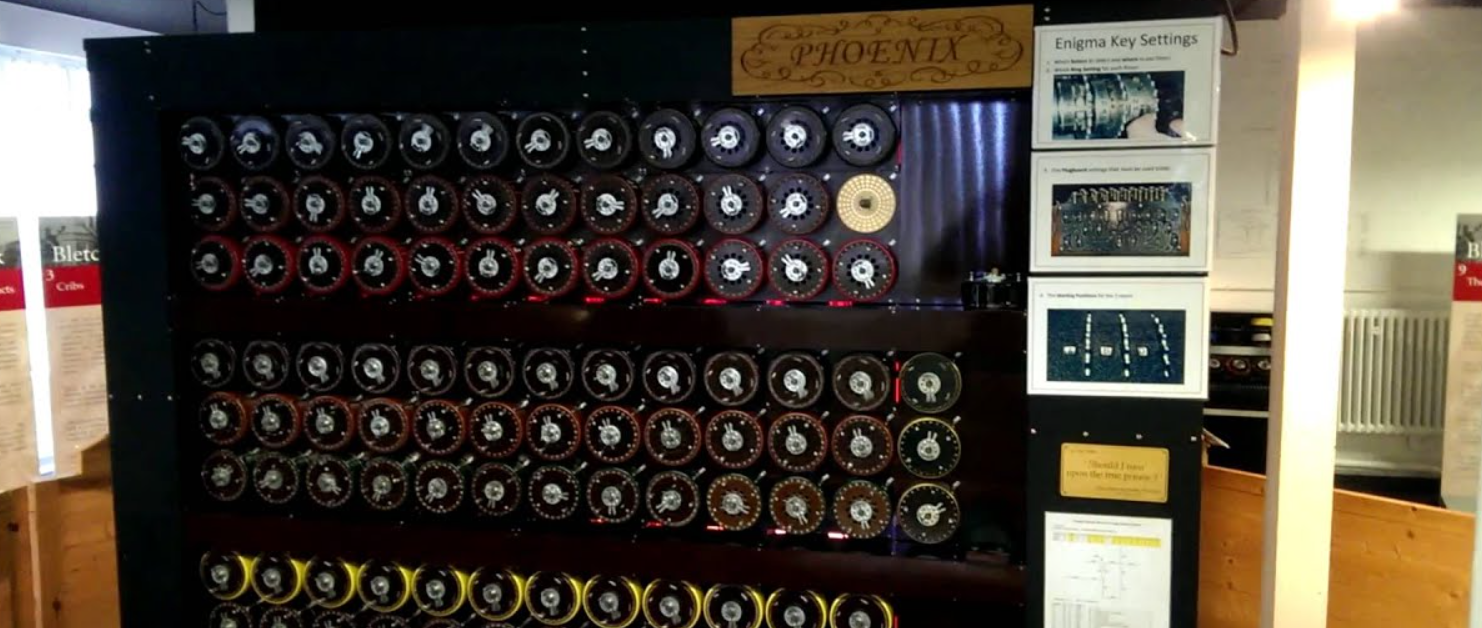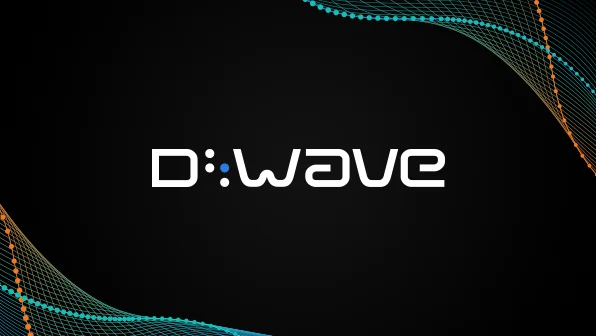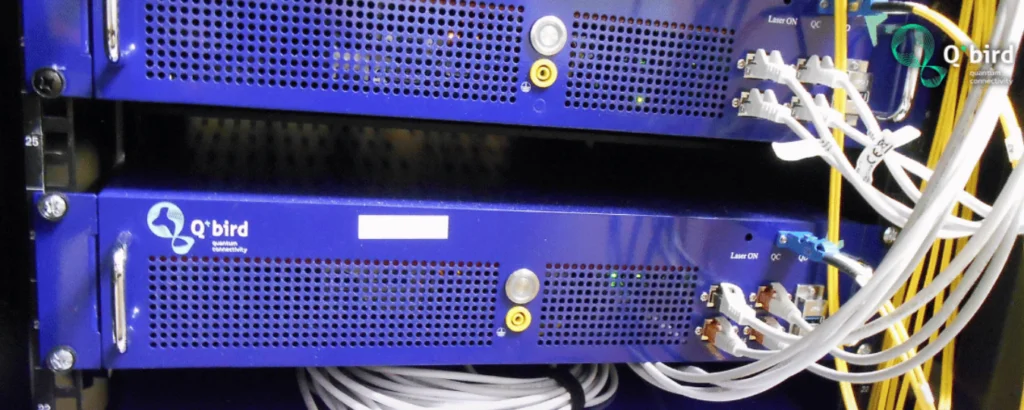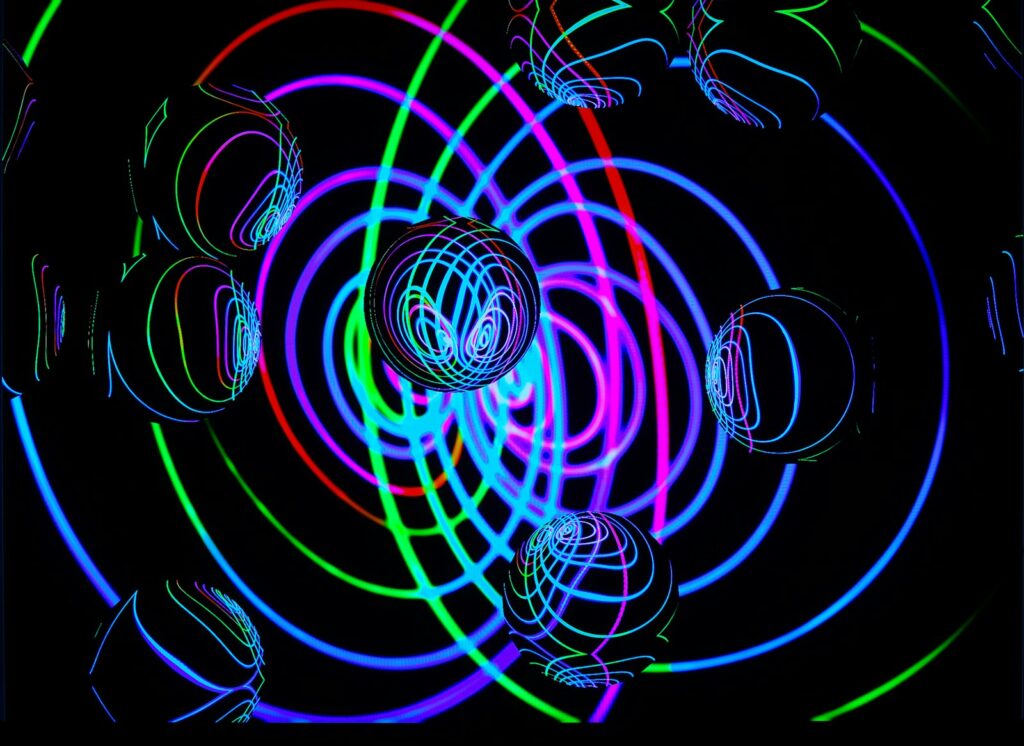The emergence of powerful quantum computers poses an existential threat to today’s encryption systems. At the Future Cryptography Conference in Tallinn, Estonia, cryptography expert Jan Willemson provided insights into when and why we need to transition to post-quantum cryptography (PQC) to maintain data security.
Willemson began by explaining the rationale for cryptography: “The state is needed so that citizens could be provided with services. We want these services to be available to those who need them.” He stressed properties like fairness, accountability and privacy that citizens expect from state services, which cryptography helps enable.
On the quantum computing threat, Willemson cited research estimating breaking 2048-bit RSA keys could take “about 100 days under ideal conditions” or “years perhaps even decades under more realistic conditions” with a large quantum computer. While much faster than classical computing, he noted “it’s still some significant amount of time involved so it’s not like you will break it in a blink of an eye.”
Willemson outlined three areas where pre-quantum cryptography may suffice even after large quantum computers emerge based on risk analysis.

“If your confidentiality horizon is less than the time that it would take to break the encryption key then it might actually be okay to use pre-quantum encryption,” he said.
He mentioned that if the value of a signature is less than the cost of breaking a key, then it is actually acceptable to use pre-quantum signatures. He also noted that authentication typically occurs for one session and for a limited time, implying that in many scenarios, using pre-quantum authentication may be quite adequate.
However, he cautioned “you don’t always know the future value of all your signatures” which could retroactively incentivize attacks, suggesting “it may be justified to convert to post-quantum crypto just in case.”
Willemson described Estonia’s progress: “The encryption part of the internet voting system is completely under our control, so we define what crypto system we use — this part is going to be much easier to upgrade.”
As nations prepare for the quantum era, an open, transparent process is crucial according to Willemson.
“NIST realizes this very well and this is a reason why for a few decades they already now are running very open competitions,” he said.
With pragmatic risk analysis and strategic implementation across vital systems, Estonia is pioneering the “quantum leap” to quantum-resistant cryptography.
Featured image: Credit: YouTube


















